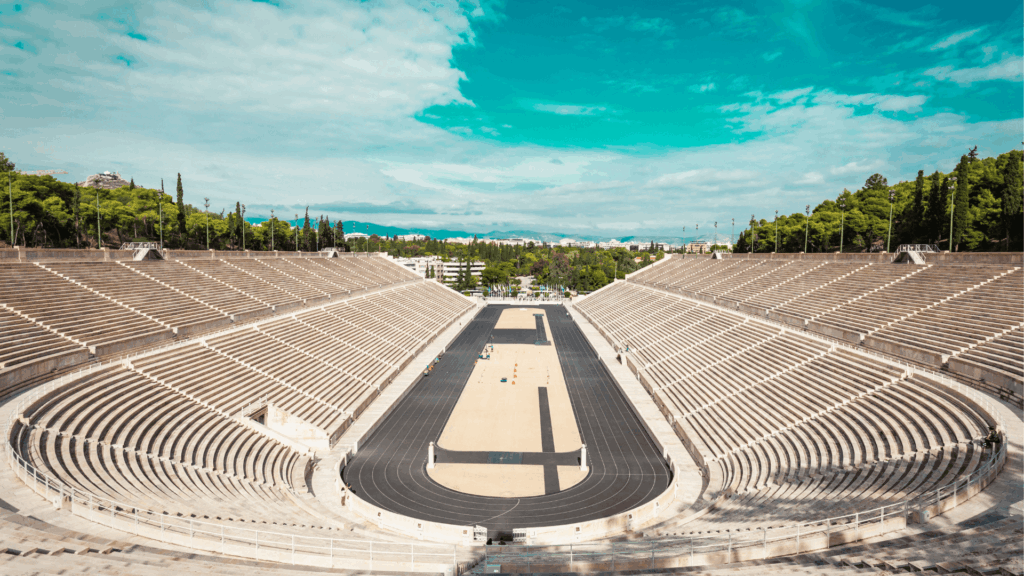Will « dynamic pricing » soon be extended to all sectors?
Far from being limited to dynamic pricing, RM also includes seasonal prices or prices that...
See more
Tickets at rock-bottom prices, but a wave of dissatisfaction: discover why event pricing is a delicate balance between commercial success and customer frustration.
Two series of articles have recently reinforced this observation.
First, regarding the 2024 Olympics, for example in Emilie Defay’s article from France Bleue Paris, we learn that 14 months before the Games, nearly 7 million tickets have already been sold (70% of the stock). Four million tickets are priced under 50 euros, and 1 million under 24 euros (according to the committee).
But a wave of protests has arisen. Some complain about prices being too high, others are upset about the lack of availability. The organizing committee defends itself well by rightly citing the figures mentioned above.
For a unique event of this kind, frustration is inevitable: set high prices, and the public grumbles. Set low prices, and tickets sell so fast that only a tiny fraction of potential customers benefit, causing frustration for everyone else (1 million tickets sold in 36 hours).
One possible solution could be to stagger the release of low-priced tickets, giving the impression that a wider booking window increases ticket availability, with several opportunities for consumers to snag one of the sales slots. Media exposure around reasonable prices would be broader, frustration would be spread out over a longer period, and the peak of protests would likely be less intense.
The same observation applies to Ouigo’s “10,000 tickets at 1 euro” promotion. “The SNCF operation sparks anger and disappointment,” according to La Rédaction du Figaro voyage. Overloaded servers, stock running out mid-booking, lack of availability. And again: a wave of protests, fiery tweets…
Here, the context is different. Trains run every day; the event isn’t unique like the 2024 Olympics. And the purpose of this promotion is not the same.
For the 2024 Olympics, a large portion of tickets is sold at a price well below what might normally be charged to maintain a certain mix in the sports venues—and to keep the event accessible to the public. The very high prices will ensure economic balance, as revenue managers know how to do. With Ouigo, the promotion is more of an acquisition mechanism: by identifying trains and dates with low demand, the goal is to fill those gaps by giving new customers a chance to try the product and develop a taste for it. With the risk, of course, that opportunists already familiar with the product blend into the crowd.
It’s a double win for Ouigo’s marketing teams: a successful acquisition campaign during a period of low demand, and the perception that the product is selling like hotcakes—quickly sold out, a victim of its own success. It’s a clever strategy: creating frustration around a product that initially suffers from weak demand. This can be seen as bad buzz, but on reflection, it’s buzz that conveys the idea that the product is good: everyone wants to use Ouigo…
These pricing mechanisms with very low entry prices are more marketing tactics than effective pricing levers. But they still have their value.
Far from being limited to dynamic pricing, RM also includes seasonal prices or prices that...
See moreTotal Revenue Management” is on everyone’s lips. It’s mentioned in conferences, executive committees, strategic plans...
See moreDynamic Pricing still scares many companies. However, those that adopt it are better able to...
See more